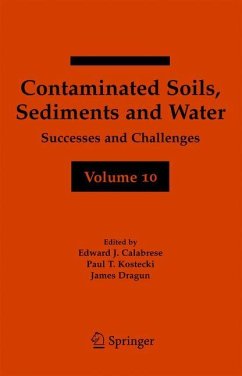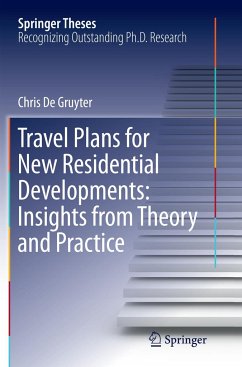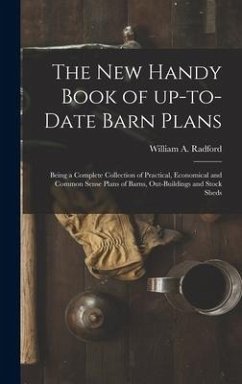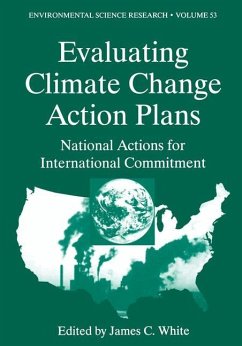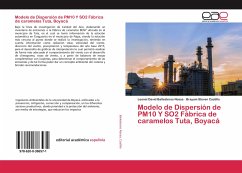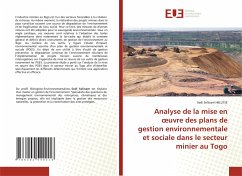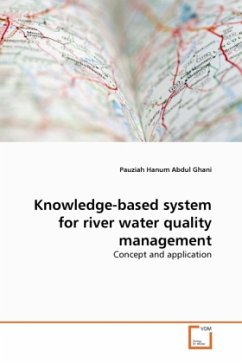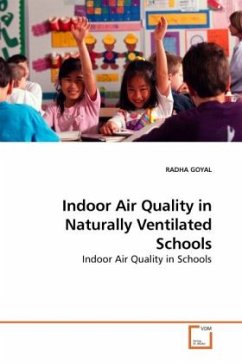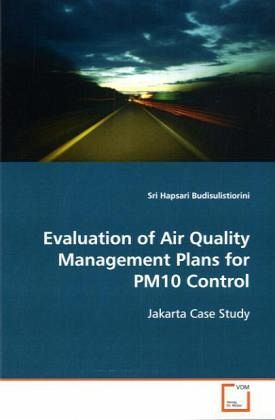
Evaluation of Air Quality Management Plans for PM10 Control
Jakarta Case Study
Versandkostenfrei!
Versandfertig in 6-10 Tagen
38,99 €
inkl. MwSt.

PAYBACK Punkte
19 °P sammeln!
Increasing PM10 concentration in Jakarta is indeed amajor problem. Air quality management plans that havebeen applied were incapable of slowing down thepollution. Therefore, this book attempts to evaluatethe effect of air quality management plans to controlPM10 concentration using atmospheric dispersionmodel, AUSPLUME. The source of pollution was focusedto the major emitters of particles, which are motorvehicles and industries. On the basis of recentfindings, motor vehicle is the biggest contributorsince its population has growth significantly. The book presents simulation findings that can be...
Increasing PM10 concentration in Jakarta is indeed a
major problem. Air quality management plans that have
been applied were incapable of slowing down the
pollution. Therefore, this book attempts to evaluate
the effect of air quality management plans to control
PM10 concentration using atmospheric dispersion
model, AUSPLUME. The source of pollution was focused
to the major emitters of particles, which are motor
vehicles and industries. On the basis of recent
findings, motor vehicle is the biggest contributor
since its population has growth significantly.
The book presents simulation findings that can be
used for environmental policy development. Modelling
of PM10 dispersion predicted concentration at ground
level and produced contour map as a tool for
evaluation along with the health cost saving from
their implementation.
Findings and review in this book maybe useful for
government for assessment of pollution reduction
programs. Having information of pollution impact from
transportation, people may also have second thought
in choosing their transport mode for daily activities.
major problem. Air quality management plans that have
been applied were incapable of slowing down the
pollution. Therefore, this book attempts to evaluate
the effect of air quality management plans to control
PM10 concentration using atmospheric dispersion
model, AUSPLUME. The source of pollution was focused
to the major emitters of particles, which are motor
vehicles and industries. On the basis of recent
findings, motor vehicle is the biggest contributor
since its population has growth significantly.
The book presents simulation findings that can be
used for environmental policy development. Modelling
of PM10 dispersion predicted concentration at ground
level and produced contour map as a tool for
evaluation along with the health cost saving from
their implementation.
Findings and review in this book maybe useful for
government for assessment of pollution reduction
programs. Having information of pollution impact from
transportation, people may also have second thought
in choosing their transport mode for daily activities.



